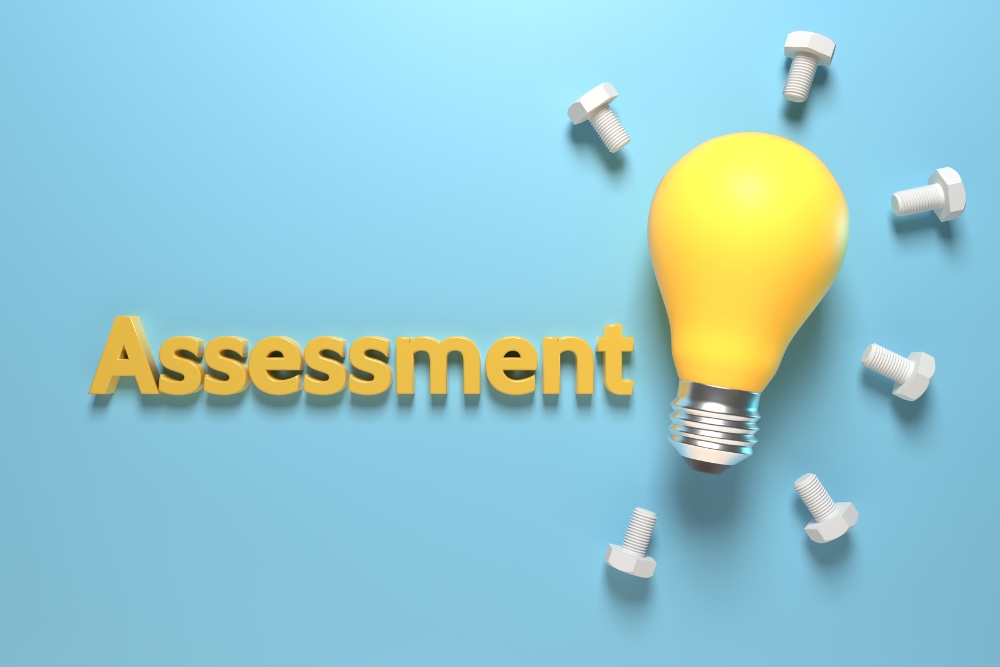Strategic Energy Assessments: Turning Facilities into Profit and Power Assets
Today’s facilities managers are being asked to do more than maintain buildings—they’re being asked to manage energy like a balance sheet asset. Rising utility rates, aging infrastructure, and climate-driven disruptions have made it essential to look beyond efficiency toward operational resilience and financial performance.

A strategic energy assessment is the gateway to achieving both. It blends data-driven analysis, on-site expertise, and financial modeling to identify near-term cost savings while charting a long-term roadmap toward energy independence and grid-ready resilience.
The True Value of Energy Assessments
Energy assessments aren’t just technical checkups—they’re strategic tools that unlock hidden operational and financial potential. A thorough assessment quantifies how energy is used, lost, and recovered across systems and processes, creating a foundation for smart investment.
Facilities managers gain:
- Immediate ROI opportunities. Lighting, controls, and operational improvements can yield returns within months.
- Long-term capital strategies. Equipment upgrades, electrification measures, and renewable integration can offer paybacks in 5-8 years (with incentives) while improving building value.
- Data-backed planning. Lifecycle cost analyses and verified ROI models support funding requests and sustainability reporting.
- Operational resilience. Targeted upgrades reduce downtime, enhance comfort, and prepare facilities for disruptions.
When approached strategically, an energy assessment isn’t about identifying problems—it’s about creating business cases for smarter energy use.
From Efficiency to Energy Independence
The next evolution of energy management goes beyond reducing consumption. Facilities now have the opportunity to generate, store, and trade energy—transforming from consumers into contributors to the grid.
Modern assessments evaluate opportunities such as:
- Onsite solar PV and battery storage to reduce grid reliance and lower demand charges.
- Microgrids that maintain operations during outages and optimize power use throughout the day.
- Bidirectional energy flow capabilities that allow facilities to sell excess power back to the grid or participate in demand response programs.
These solutions not only enhance sustainability but also create new revenue streams and position organizations as energy partners—not just customers.
Building the Roadmap
A successful energy assessment should culminate in a living energy roadmap that guides both short-term wins and long-term transformation. The roadmap should:
- Prioritize measures by ROI, resilience, and carbon impact.
- Integrate projects into the organization’s capital plan.
- Identify incentives, rebates, and financing mechanisms.
- Establish metrics for sustainability and operational reliability.
- Track performance through post-implementation verification.
This approach ensures that every dollar invested delivers measurable value and forward-looking resilience.
Empowering the Facilities Manager
Facilities managers play a crucial leadership role in this process. By combining operational insight with data from assessments, they can steer their organizations toward energy independence, financial prudence, and sustainability leadership.
Choosing qualified partners, ensuring accurate data, and maintaining performance tracking are key steps in realizing the full benefits of a strategic assessment.
Conclusion
Strategic energy assessments are no longer optional—they’re essential. They provide the framework to lower costs, extend asset life, and enable facilities to participate in the emerging distributed energy economy. For facilities managers, this means turning energy from a line item into a strategic advantage—one that powers profitability, resilience, and a cleaner future.

Coryn DeGrands is the vice president of business development of energy at Bureau Veritas, a global provider of testing, inspection, and certification. She is responsible for building and developing the organization’s energy transition consulting services for customers across all verticals. Coryn’s work is focused on project development that supports distributed energy resources, provides energy resiliency, and accelerates time to power behind the meter.
The post Strategic Energy Assessments: Turning Facilities into Profit and Power Assets appeared first on Facilities Management Advisor.

